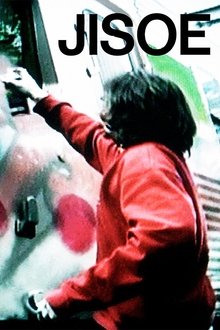Rod O'Hara bought Bellingen Video Connection in 2018 when video stores were already considered to be on the way out – if not already dead. Now, years later, against all the odds, and after facing many personal setbacks, Rod and the local community have kept this iconic local business and bastion for lovers of television, film and screen culture alive - but for how long?
Related Movies

Something in the Water (2008)
Something in the Water explores the rock phenomenon that is music in WA. How can the most isolated city in the world have exploded with so many successful bands over the years? Across decades and genres, Something in the Water asks "what is responsible for the sparkling talent pool?"

Australia Says Yes (2018)
Packed with drama, high emotions and cliff-hanger moments, Australia Says Yes is the intimate and personal history of struggle and perseverance that propelled Australia to say Yes to marriage equality. The film shows how a group of determined individuals fought tirelessly against unjust laws that treated LGBTIQ people as second-class citizens, creating a movement that saw them go from criminals to legally equal over the course of five decades.

The Ripple Effect (2021)
The Ripple Effect is a powerful documentary primarily centred around St Kilda legend and proud Noongar Nicky Winmar's generation-defining stand against racism at Victoria Park in 1993.

Dead on Their Feet (1958)
A road safety film for pedestrians in city traffic. Demonstrates typical unsafe practices.

Under Stress (1964)
Shows new methods in treating those afflicted with mental health issues. Contrasts past treatment regimes where people were locked away out of sight with the new, 1960s, psychiatric ideas of "group therapy" and talking therapy. Also shows practical behaviours aimed at returning patients to productive lives in society and outpatient services.
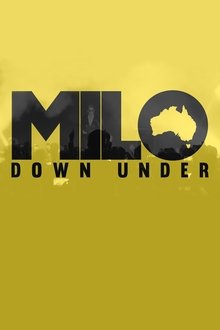
MILO Down Under (2017)
This film documents political commentator, media personality and author Milo Yiannopoulous on his sold-out speaking tour of Australia, with pieced-together highlights from his tour stops in Adelaide, Perth, Melbourne, Sydney, and Gold Coast.

Life in Australia: Wagga Wagga (1966)
Made by the Department of Immigration to entice immigrants from Great Britain, this film shows an idyllic picture of life in the New South Wales regional town of Wagga Wagga in the mid 1960s.

Life in Australia: Mount Gambier (1964)
Made by the Department of Immigration to entice immigrants from Great Britain, this film shows an idyllic picture of life in the South Australian regional town of Mount Gambier in the mid 1960s.
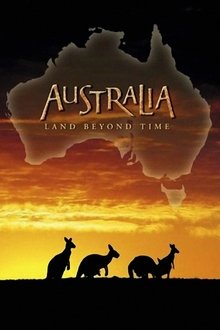
Australia: Land Beyond Time (2002)
Australia: Land Beyond Time takes viewers on a breathtaking journey back in time to witness the birth and evolution of a mysterious land that harbors remnants of Earth's earliest life and many of it's strangest creatures that exist nowhere else on the planet.
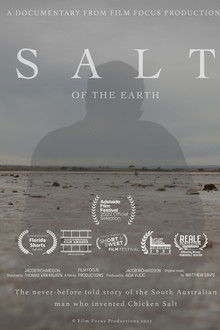
Salt of the Earth (2022)
An Australian icon found on every supermarket shelf, and coating every game day pack of hot chips. But the story of the South Australian man who invented the famous Chicken Salt has never been told. While he sold the company in the late 70’s to the brand names you see in your cupboard today, he maintains that the original recipe, held secret for more than 40 years, tastes even better.

Dangerous Lies: Unmasking Belle Gibson (2025)
The real story of wellness campaigner Belle Gibson's massive worldwide fraud and the famous interview that brought the con artist down.
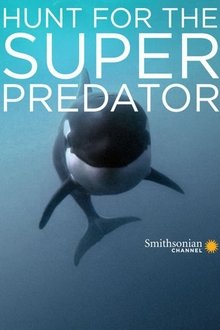
The Search for the Ocean's Super Predator (2014)
There's a mysterious predator lurking in the depths of Australia's wild Southern Ocean, a beast that savagely devoured a great white shark in front of cinematographer David Riggs 11 years ago. Riggs's obsession to find the killer leads him to an aquatic battle zone that's remained hidden until now. Here, killer whales, colossal squid and great white sharks face off in an underwater coliseum where only the fiercest creatures of the marine world survive.
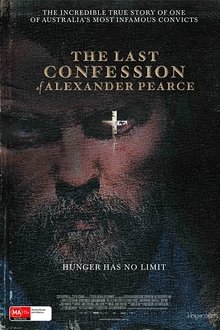
The Last Confession of Alexander Pearce (2009)
Eight men escape from the most isolated prison on earth. Only one man survives and the story he recounts shocks the British establishment to the core. This story is the last confession of Alexander Pearce.
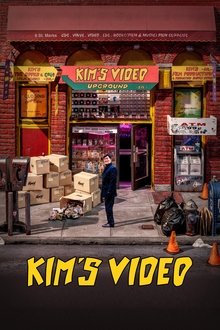
Kim's Video (2023)
Since 1987, and for almost three decades, New York cinephiles had access to a vast treasure trove of rare films thanks to Kim's Video, a small empire run by Yongman Kim, an enigmatic character who amassed more than fifty thousand VHS tapes.
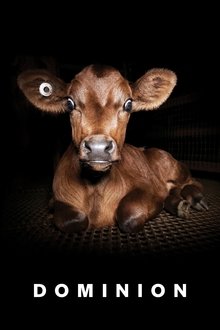
Dominion (2018)
Exposing the dark underbelly of modern animal agriculture through drones, hidden & handheld cameras, the feature-length film explores the morality and validity of our dominion over the animal kingdom.

AC/DC: Dirty Deeds (2012)
Formed in Australia in 1973 by brothers Angus and Malcolm Young, AC/DC are considered pioneers of heavy metal. They are one of the highest grossing bands of all time. Using archive footage and interviews with Angus Young and former manager Michael Browning this fascinating programme takes you on a journey from their early days in Australia with Bon Scott to Brian Johnson joining the band and beyond.
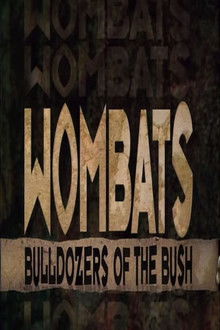
Wombats: Bulldozers Of The Bush (1992)
When shipwrecked sailors first encountered wombats, they did what they had to do to survive - they ate them! More than 200 hundred years later, the wombat still suffers at our hands, blamed for damaging fences and fouling pastures, this film examines the myths and realities of wombat life, above and below the ground, as scientists begin to understand these intrepid and resourceful Bulldozers of the Bush.

Still We Rise (2022)
50 years on, the Aboriginal Tent Embassy is the oldest continuing protest occupation site in the world. Taking a fresh lens this is a bold dive into a year of protest and revolutionary change for First Nations people.
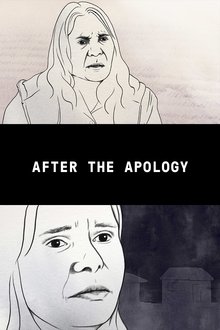
After the Apology (2017)
Suellyn thought the Department of Community Services (DOCS) would only remove children in extreme cases, until her own grandchildren were taken in the middle of the night. Hazel decided to take on the DOCS system after her fourth grandchild was taken into state care. Jen Swan expected to continue to care for her grandchildren but DOCS deemed her unsuitable, a shock not just to her but to her sister, Deb, who was, at the time, a DOCS worker. The rate of Indigenous child removal has actually increased since Prime Minister Kevin Rudd delivered the apology to the ‘stolen generations’ in 2008. These four grandmothers find each other and start a national movement to place extended families as a key solution to the rising number of Aboriginal children in out-of-home care. They are not only taking on the system; they are changing it…
